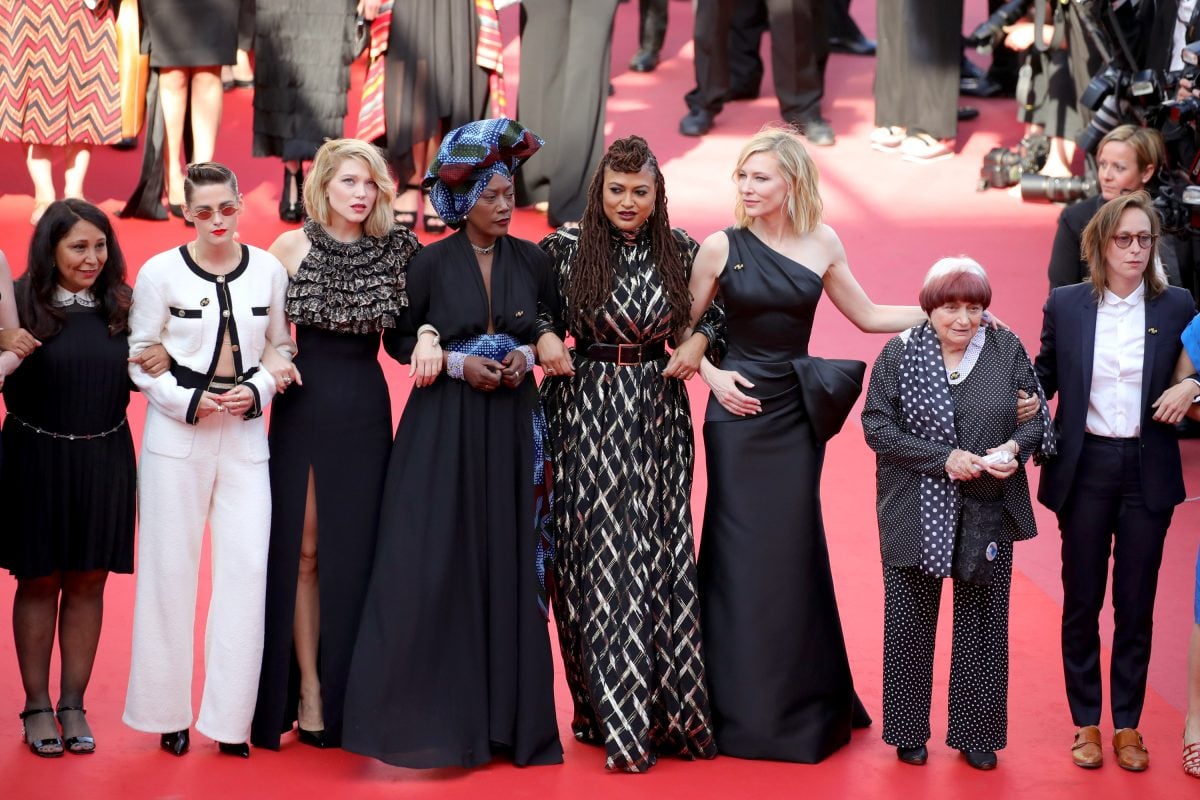Over at Refinery29, writer Anne Cohen brings up an important question: Why are there so few women-directed films on the National Film Registry?
The National Film Registry was created in 1988 “to ensure the survival, conservation and increased public availability of America’s film heritage”; each year, 25 films are added based on submissions from the general public, with the caveat that they have to be at least ten years old. The National Film Registration Board, made up for 44 members (11 of whom are women), oversees the process.
Cofounder of Milestone films and president of the Association of Moving Image Archivists Dennis Doros told Refinery29, “The most important thing to get films on the list is public participation. The Library of Congress is a public entity and very oriented towards serving the public, especially under Carla Hayden. They listen to the public even more closely than they have in the past. And if people want more women on the list, they need to participate.”
As Cohen writes, “That’s why the registry is so important. Not only is it the most prestigious official record of American contributions to film, but we, the people, actually have the power to mold it to reflect the diversity and inclusion we want to see. These are the films that will actually go down in history, preserved in an earthquake-proof vault in Culpeper, Virginia.”
This year, films like Kathryn Bigelow’s The Hurt Locker, the first female-directed film to win Best Director, will be available for nomination. However, to ignore the films that came before that were directed by women would be a slight to the women who paved the way for present-day directors.
Why not, as board member and assistant professor of Radio-TV-Film at The University of Texas at Austin Caroline Frick suggested to Cohen, nominate cult classic Clueless? Amy Heckerling’s comedy is a endlessly quotable joy that’s been a pop culture staple for years. If we want films that impacted the culture, Catherine Hardwicke’s Twilight is also an option; we couldn’t go anywhere in 2008 without running into a Twilight quote. Bigelow directed Point Break, as well, and that’s a popular film.
Beyond these relatively big names in female direction (unfortunately, Ava DuVernay’s work might be post-2009 and therefore ineligible for nomination yet), there are so many women who have contributed to cinema whose names are not remembered and whose work is not honored.
And before someone says that these aren’t “high art,” neither is Jurassic Park, and that’s made the list. If dinosaurs can crack the code to be added, so can a female-directed comedy, love story, or action film.
Female-directed films rarely get the same traction as male0directed films, despite being just as good, if not better. It’s time that we started honoring the contribution women have made to the cinematic arts by preserving their films as a moment and cultural touchstone, rather than just honoring men over and over again.
(via Refinery29, image: Andreas Rentz/Getty Images)
Want more stories like this? Become a subscriber and support the site!
—The Mary Sue has a strict comment policy that forbids, but is not limited to, personal insults toward anyone, hate speech, and trolling.—









Published: Mar 19, 2019 01:24 pm